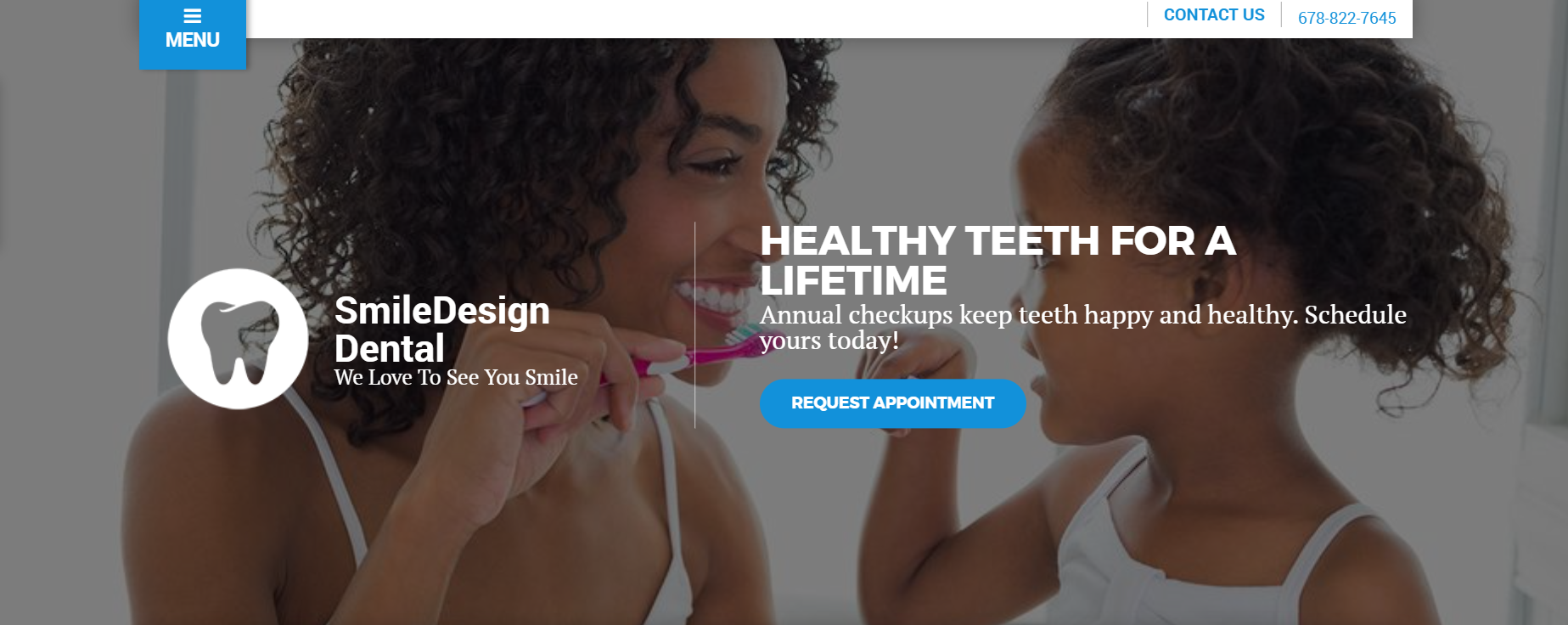A very wise person once said it’s not what you know, but what you can prove. A similar reality faces brands competing for patients in the DSO vertical. Except here, the saying is more like: it’s not what dental products or services you provide, but the “special sauce” that makes you different from every other DSOs doing the very same thing.
So, have you defined what makes you special?
Your USP can make or break the efficacy of your marketing and outreach. If your messaging isn’t reflective of and constantly reinforcing your USP, you’ll fail to attract the right kind of patients, dentists, and affiliates. These days, having the most talented affiliates is not always enough to compete. People are looking for a lot more from their providers. And they decide whether or not they’ve found it in seconds.
How to Define the USP for Your DSO
As Ana Gotter from Shopify points out, “A USP is also not just the header copy on your homepage. It’s a position your small business takes as a whole that can be incorporated into your products, your brand, the experience you provide, and any other touchpoint your customers have with your business.”
I like that: a position your business takes.
While this Shopify writer is talking about small businesses, the same principles apply to DSOs. What are the tangible and intangible aspects of your DSO that comprise its very soul. Yes, it’s that deep because it needs to be represented across all of your digital marketing activities.

Thinking of one DSO we work with at Cardinal, I’d point to the following characteristics as essential parts of their USP:
- Sophisticated dental technology that delivers superior results
- A near obsession with creating terrific customer service experiences
- A clean, friendly, family-like atmosphere at every single location (of which there are dozens)
It’s not just one single phrase or “thing.” Heck, there are lots of DSOs with the exact same USPs I listed here. It’s beyond who you are and what you do, but why patients should come to you for their dental needs. Lauren Leone, our SVP Healthcare Marketing, elaborates on this point in Episode 19 of the Ignite Podcast:
“It’s not just about developing your positioning statement and taking that to market. You want to be able to come up with a few different positioning statements built around what you think your selling proposition is, and then test them through a different advertising menu.”
That last part is important. “Always be testing,” as we like to say. This is a great way to continuously evaluate the strength and relevance of your USP, especially as you adapt your strategy to new market conditions. As are the patients themselves. What is it about your experience that patients love? What do they complain most about? Mine these practice-patient relationships tips for aspects of your USP you might not have considered.
Example Differentiators for DSOs
For the sake of inspiration, here are some generalized differentiators that you can build on as you define your own USP:
- Conveniences, such as Saturday hours or easy appointment setting
- Family-oriented, such as a track record of serving families generation after generation
- Pricing, such as a specialized offer that makes clear your cost at a very early stage of engagement
- Innovation, such as non-invasive procedures or “pain-free” cleanings
- Demographics, such as serving underserved populations and communities
- Transformation, such as the impact on quality of life that results from your particular techniques
What Your USP Means for Affiliates
As I said, your USP ought to permeate your positioning across the board. This includes your affiliates. For one thing, your USP will help to attract more affiliate practices and dentists to your network. Think about what dentists are looking for in a DSO (not just patients). You can mine your past deals and existing affiliate network for this information.
For example, you might find that strong operational support and cutting-edge technologies are common requirements for new affiliates. You might also want to target dentists looking to expand (or break into the market, retire, etc.). Think about the role your DSO plays in their lives and build out from there.
All of this you should incorporate into your USP.
Speaking of common USPs across affiliates, think about how those can be leveraged. We’ve helped some DSOs localize their affiliate USPs, for instance. Perhaps a certain regional group thrives on value, whereas another locale thrives on customer experience. Remember, too, that people want to have a connection with their dentist. Use their personalities, brand, relationships to your advantage.
“How are you going to make your brand stand out as they’re skimming that page in three to five seconds to decide which ad to click on or which organically to click on? That is where your brand USP is most important. To your point, just saying who you are, doesn’t answer the patient’s question of why they should choose you.”
How Your Digital Success is Supported by a Strong USP
Defining your USP will set you up for more than better positioning and client acquisition. A clearly defined USP is fundamental to your digital success in a few ways:
- Informs your keyword strategy, which impacts the efficacy of your SEO and PPC
- Provides foundational pillars for your content strategy, including topic clusters and editorial calendar
- Sheds light on where and how to more effectively refine your advertising messaging
- Guides the creation and maintenance of your brand and style guidelines
- Creates a consistent and memorable brand experience on social media
What do these bullets have to do with digital success? They’re all quantifiable, for one. They lead to tangible outcomes. And, as Lauren Leone pointed out, your paid digital advertising, SEO, and other efforts will stagnate if you can’t connect with patients through all the noise. It’s just too crowded. Each knowledge box, Google Map Pack, PPC ad, and so on is another opportunity to differentiate your DSO.
I can’t stress this enough. Time and time again, I’ve seen the success of search engine marketing (SEM) and SEO hinge on a DSO’s ability to match their USP with patient needs, first, then developing an SEO and content strategy from that core work.
From there, you might uncover baseline optimizations around the need for a specific dental treatment (keywords like “invisible braces” or “gentle dentistry”). Whatever it is, your content and messaging—across your marketing channels and website—should both address patient needs while reflecting your USP.
“What’s cool about some of the advertising tools and platforms out there today is you can programmatically test combinations of messages. You don’t have to just combine one headline, one description, and assume that’s going to be relevant for everyone. Utilize testing, like on paid search or paid social or any channel to combine different headlines and descriptions, different uses of qualitative and quantitative value propositions to find the combination that’s most effective.”
Quick Tips for Improving Your USP for Marketing
You don’t have to invent your USP from scratch. Talk to your patients. Analyze call transcripts, surveys, and reviews. Go to Google, Healthgrades, and other business listings. See what people are saying. Get quantitative and anecdotal data around how patients, dentists, and affiliates found out about your DSO.
Scrutinize the “digital breadcrumbs,” so to speak.
This is my number one tip for DSOs who want to improve their USPs but don’t know where to start. You’ll find this tip and two others covered in more depth here: How to Define Your USP and Improve Your Healthcare Marketing.
“Maybe we need to put some heat map tools on your website and see what really drives the click before the appointment, or maybe we need to do some boots-on-the-ground surveys with patients. We need to find this out because I’m going to spend money to get clicks to your site, and no one is going to fill out that form if they can’t understand why they should choose you.”
Niches Bring the Riches in the Competitive DSO Field
Your USP is a great way to reflect that particular niche your DSO embodies. It’s an opportunity to be a specialized, authoritative, and distinguished brand. The payoff? Well, it can be tremendous. According to one source, we saw more than 50 platform investments in DSOs by private equity firms between 2015 and 2020.
And the percentage of dental practices that participate in DSOs is still relatively low. As crowded as the broader dental field might be, there’s still tremendous opportunity for DSOs to expand. In my humble view, few will capitalize on this opportunity without a bonafide USP.

